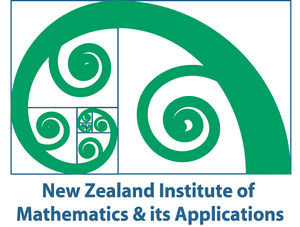Difference between revisions of "Main Page"
| Line 17: | Line 17: | ||
* [[Wave and wave body interactions]] | * [[Wave and wave body interactions]] | ||
|} | |} | ||
| − | + | {| id="mp-strapline" style="width:100%; background:none; margin:-.8em 0 -.7em 0;" | |
| + | | style="font-size:95%; padding:10px 0; margin:0; text-align:left; white-space:nowrap; color:#000;" | [[Browse]] '''·''' [[FAQ]] '''·''' [[:Category:People|People]] | ||
| + | | style="font-size:95%; padding:10px 0; margin:0; text-align:right; white-space:nowrap; color:#000;" | | ||
| + | [[:Category:Reference|References]] '''·''' [[test | Test page]] | ||
| + | |} | ||
Water waves are beautiful and their mathematics is fascinating, deep, and full of amazing results. Their | Water waves are beautiful and their mathematics is fascinating, deep, and full of amazing results. Their | ||
understanding is also of great practical importance for the design of marine structures. | understanding is also of great practical importance for the design of marine structures. | ||
Revision as of 05:54, 1 April 2009
|
| Browse · FAQ · People |
Water waves are beautiful and their mathematics is fascinating, deep, and full of amazing results. Their understanding is also of great practical importance for the design of marine structures.
This wiki is devoted to the mathematics of water waves and to providing an online reference to explain all aspects of their theory. The wiki is a work in progress and strongly reflects the research interests of Michael Meylan who is doing most of work! However, you are strongly encouraged to contribute in any way you see fit (see Why you should contribute).
|
|
About Us
This website is organised by Michael Meylan and others. It was initially supported by a grant from the New Zealand Institute of Mathematics. A significant amount of the initial content was derived from the MIT opencourseware.
